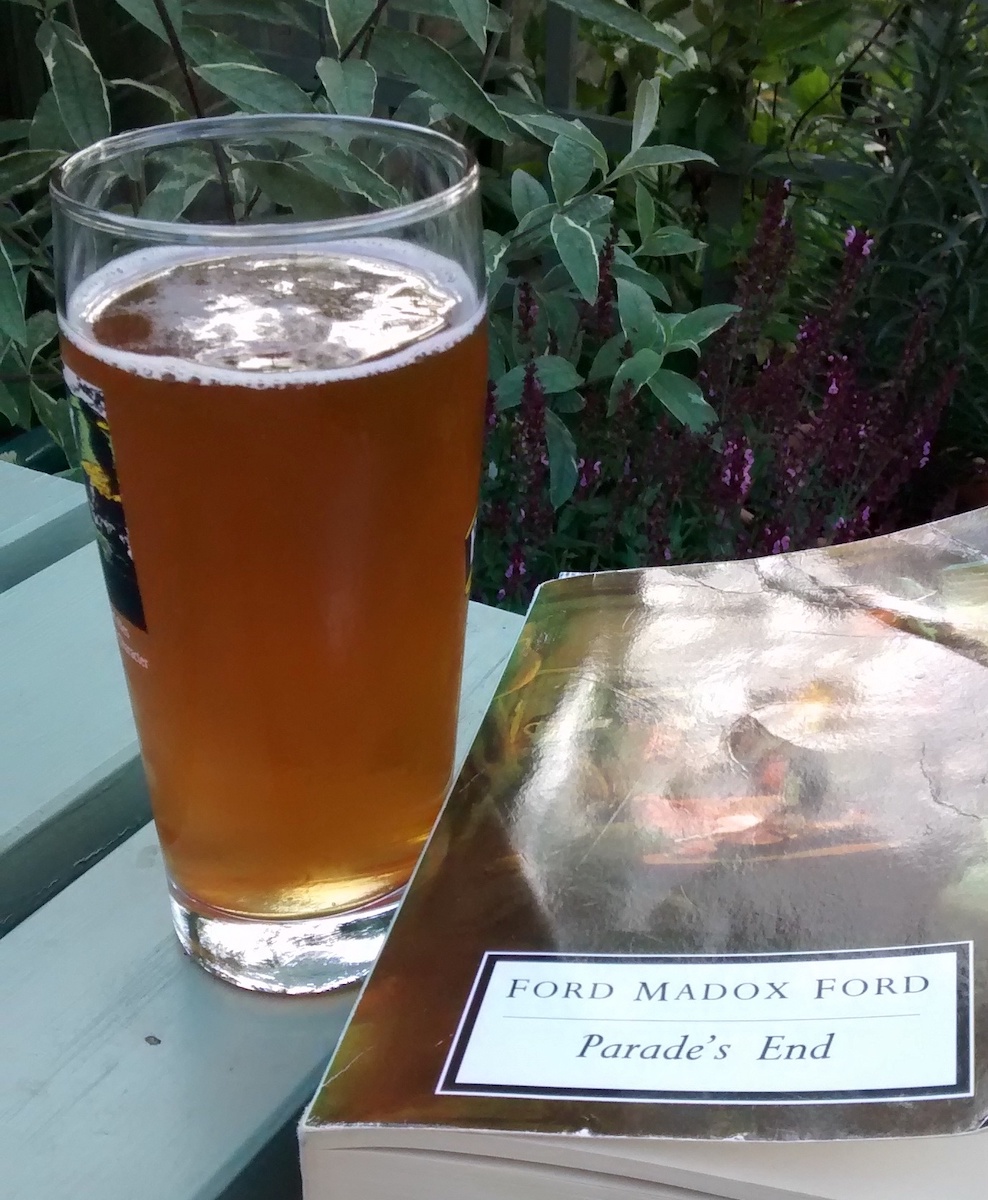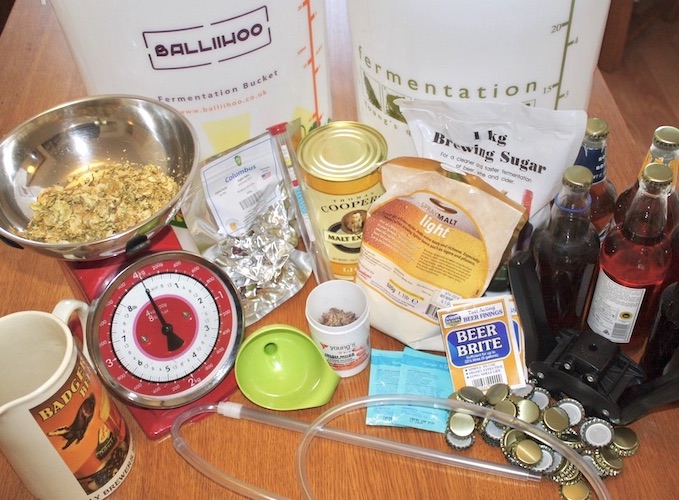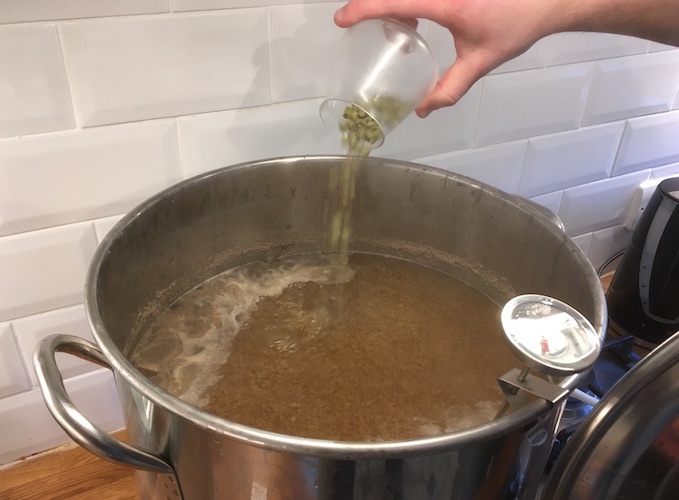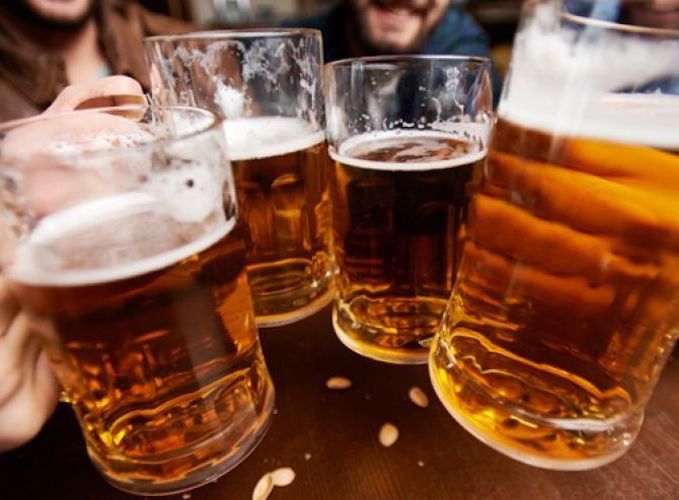Brewing
I've always enjoyed the richness and variety of different beers. I love a traditional English bitter in the springtime, a light, hoppy IPA in the summer, an amber ale in the autumn, and a hearty porter or stout in the winter.
I also like learning and discovering how things are made, and so a few years back I started learning how to brew beer myself. I'm far from being a master brewer, but I do enjoy the challenge. I also love the sociable side of brewing. I often brew with others and enjoy being able to share the results with friends and family.
For more details, see my article: Brewing a Mayflower pale ale.

The basic theory
Beer is made by soaking barley in water until enzymes are activated, which turn the grains’ starches into sugars.
Different hops are then used to add bitterness, flavor, and aroma to the beer.
Finally, yeast is added to ferment the brew — that is, turn the sugars into carbon dioxide and alcohol.

Experimenting
Most of my brews so far have been variations on traditional English ale and IPA recipes, using hops such as Challenger, Goldings, Cascade, and Fuggles.
To get that extra hoppy taste, I often add in other hops when the wort is in the barrel.
Sometimes I also add fruit (orange peel, grapefruit, hawthorn berries, etc.).

Enjoying the output
After patiently waiting 3-5 weeks for the brew to ferment and condition, the time finally comes to test your latest creation.
There's nothing better than getting together with friends, family, or colleagues and being able to hand out some home brew for everyone to try.
It's then onto the next brew...
